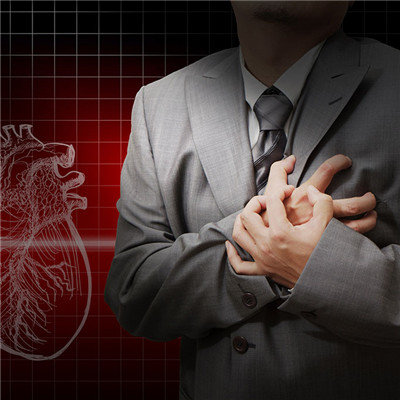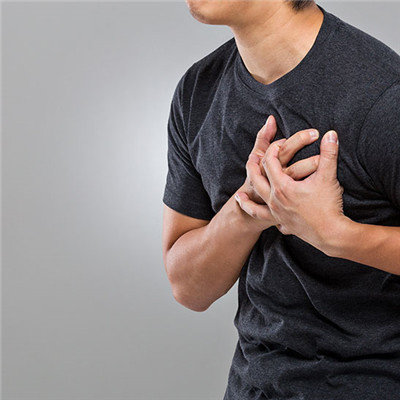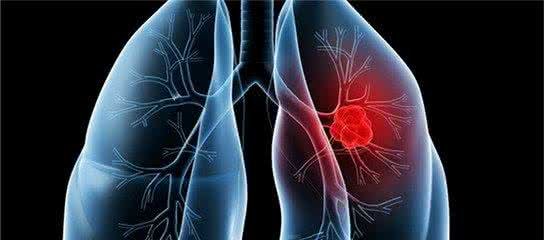Symptoms of angina attack
summary
The direct cause of angina pectoris is the absolute or relative insufficiency of myocardial blood supply. Therefore, various factors that reduce myocardial blood (blood oxygen) supply (such as intravascular thrombosis, vasospasm) and increase oxygen consumption (such as exercise, increased heart rate) can induce angina pectoris. Myocardial insufficiency is mainly due to coronary heart disease. Sometimes, other types of heart disease or uncontrolled high blood pressure can also cause angina. Symptoms of angina attack? Let's talk about it
Symptoms of angina attack
Sudden crushing, stuffy or asphyxiating pain after the upper or middle sternal body may also affect most of the precordial area, and may radiate to the left shoulder and the anteromedial side of the left upper limb, reaching the ring finger and little finger. Occasionally, it may be accompanied by a sense of near death, which often forces the patient to stop activity immediately, and even sweating in severe cases.

The pain lasted for 1-5 minutes, rarely more than 15 minutes; After rest or taking nitroglycerin, the pain disappeared within 1-2 minutes (rarely more than 5 minutes). Often in fatigue, emotional excitement (anger, anxiety, hyperactivity), cold, satiety, smoking occurs, anemia, tachycardia or shock can also be induced.

The pain can be located in the lower part of sternum, left anterior heart area or upper abdomen, radiating to the neck, mandible, left scapula or right anterior chest. The pain can quickly disappear or only left anterior chest discomfort and stuffy feeling. It is common in elderly patients or diabetic patients.

matters needing attention
In the treatment of severe attack, nitrate preparation with fast action can be used. In addition to dilating coronary artery, reducing resistance and increasing blood flow, these drugs can also relieve angina pectoris by dilating peripheral blood vessels, reducing venous return blood volume, reducing ventricular volume, intracardiac pressure, cardiac output and blood pressure, reducing pre and post cardiac load and myocardial oxygen demand.













